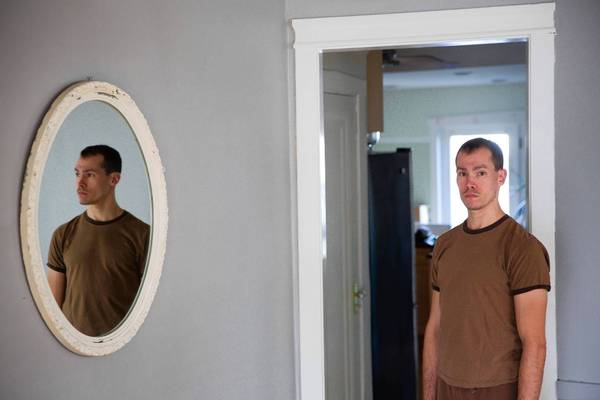
This Los Angeles Times article on the new science of pedophilia has been making the rounds, and it begins with a name I recognize: Paul Christiano. I don't know him, but if you're into dance in Chicago (or, like me, had to work with arts and entertainment listings for a Chicago publication), you probably came across his name. The Joffrey premiered his Miracle, Interrupted in 2001, when Christiano was still in his early 20s. I wasn't familiar with his work—basically the case with any choreographer—but from years of reading arts listings professionally, I knew enough to know he was a promising artist.
But two years before Miracle, Interrupted, Christiano had been arrested for buying child pornography, and required to register as a sex offender. Back in 1999 being a registered sex offender was less of a problem for the offender; mandated sex-offender registries were fairly new, as Sam Worley detailed in his 2011 Reader piece on Chicago sex offenders, and the Internet was not as powerful a tool of eternal knowledge as it is now. It simply hadn't connected as many people, and it hadn't connected the registries of sex offenders to the general public. So Christiano's arrest wouldn't come to haunt him until almost a decade later, as detailed in this archive of Kane County Chronicle pieces from 2008.
"The government insists sex offender laws are not designed to punish offenders, but intended as measures of public safety," Christiano wrote. "How, may I ask, is society protected when the laws… strip offenders of their abilities to function as productive citizens, and equate people who download child pornography with people who systematically groom, rape, and murder children?"
To Times author Alan Zarembo, Christiano admitted an attraction to children while denying that he had ever acted on his desires, but chillingly described how perilous that edge is:
In his late teens, Christiano taught gymnastics and supervised hundreds of young girls. He fasted at work to distract himself from his erotic feelings.
"My hand never slipped," he said. "There were students I loved and adored. In a perfect world, I could sweep them off their feet and live happily ever after."
The most interesting part of Zarembo's article is his distinction between pedophiles and child molesters: the former are attracted to children, the latter not necessarily; child molesters are more likely to show other forms of criminal behavior. It may seem like a fine distinction, but it's an important one, because of the difficulties the criminal justice system has in dealing with sex offenders generally, and pedophiles specifically. Worley's piece is a good introduction, as is Rachel Aviv's recent piece in the New Yorker. Right now we just don't know how to deal with them:
According to the largest study of released prisoners, conducted by the Bureau of Justice, the re-arrest rate for sex offenders is lower than that for perpetrators of any violent crime except murder. But the notion that sex offenders have a unique lack of self-control has been repeated so frequently that it has come to feel like common sense. In 1997, the Supreme Court ruled that sexually-violent-predator state laws are constitutional, because they adhere to the medical model of commitment, by which patients who pose a danger to themselves or others can be prevented from leaving a hospital. To be detained, inmates must have a psychiatric illness or “mental abnormality”—typically sexual in nature—that renders them out of control.
[snip]
During the past fifteen years, the American Psychiatric Association has repeatedly objected to the civil commitment of sex offenders. In 1999, a task force created by the organization wrote that “confinement without a reasonable prospect of beneficial treatment of the underlying disorder is nothing more than preventative detention.” Six years later, another task-force report asserted that the laws represent a “serious assault on the integrity of psychiatry."
But the predictive tools are poor, and the forms of treatment discouragingly ineffective.
Civilly committed offenders find themselves in what First calls “psychiatry’s bottomless pit.” They aren’t released until a court or a treatment provider concludes that they are no longer dangerous, a risky judgment to make, given the stakes involved in a wrong decision. Although outpatient treatment is modestly correlated with reduced recidivism, the efficacy of institution-based treatment has proved difficult to measure. Treatment varies widely—most programs combine cognitive behavioral therapy with lessons about empathy and anger management—and, in most cases, never ends. In Minnesota, which has one of the largest commitment programs, six hundred and seventy inmates work on correcting distorted thoughts about sex (at a cost of a hundred and twenty thousand dollars per person annually), but in eighteen years only one man has been discharged from the program. (The man was released last year, after concluding a course of treatment that began in 1994.) By 2007, roughly forty-five hundred sex offenders had been civilly committed nationwide, and just over ten per cent had been released.
Aviv describes a world in which pedophiles live in psychiatric limbo, perhaps forever. Christiano, and registered sex offenders like him live in limbo on the outskirts of society, as we search for a solution.
Photograph: Chicago Tribune


